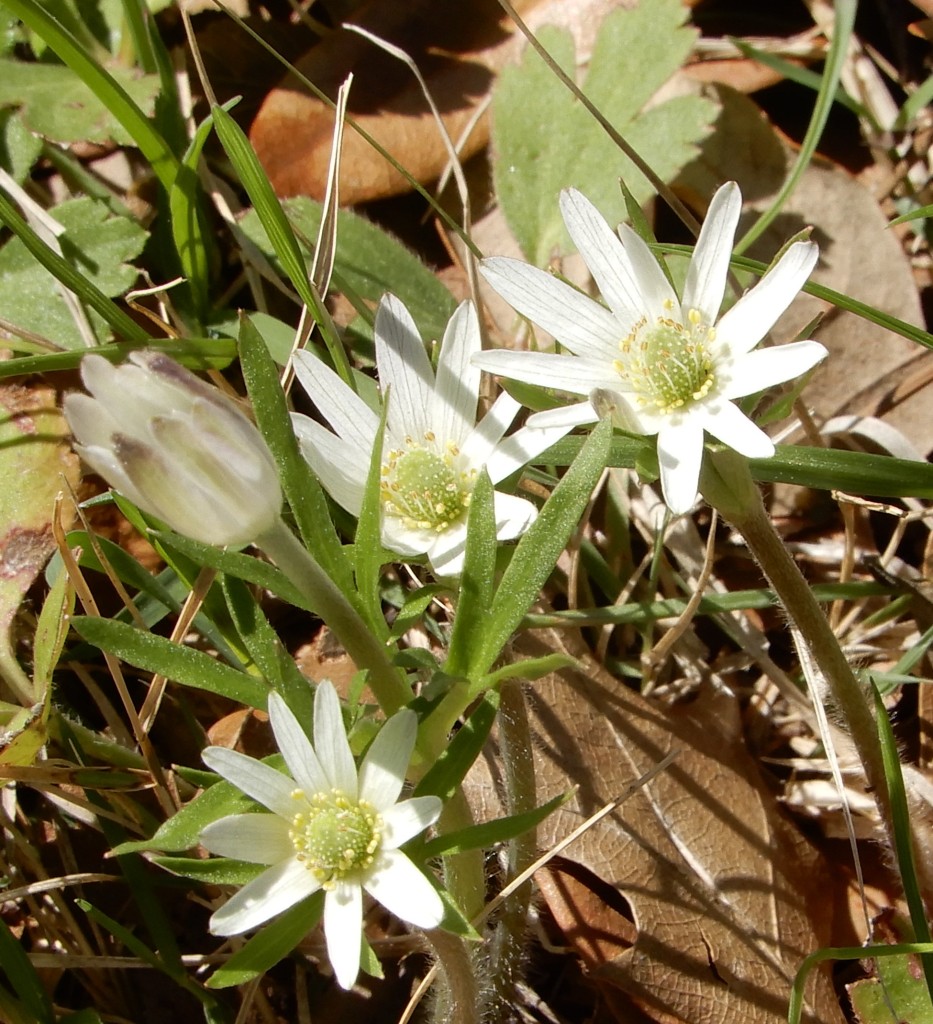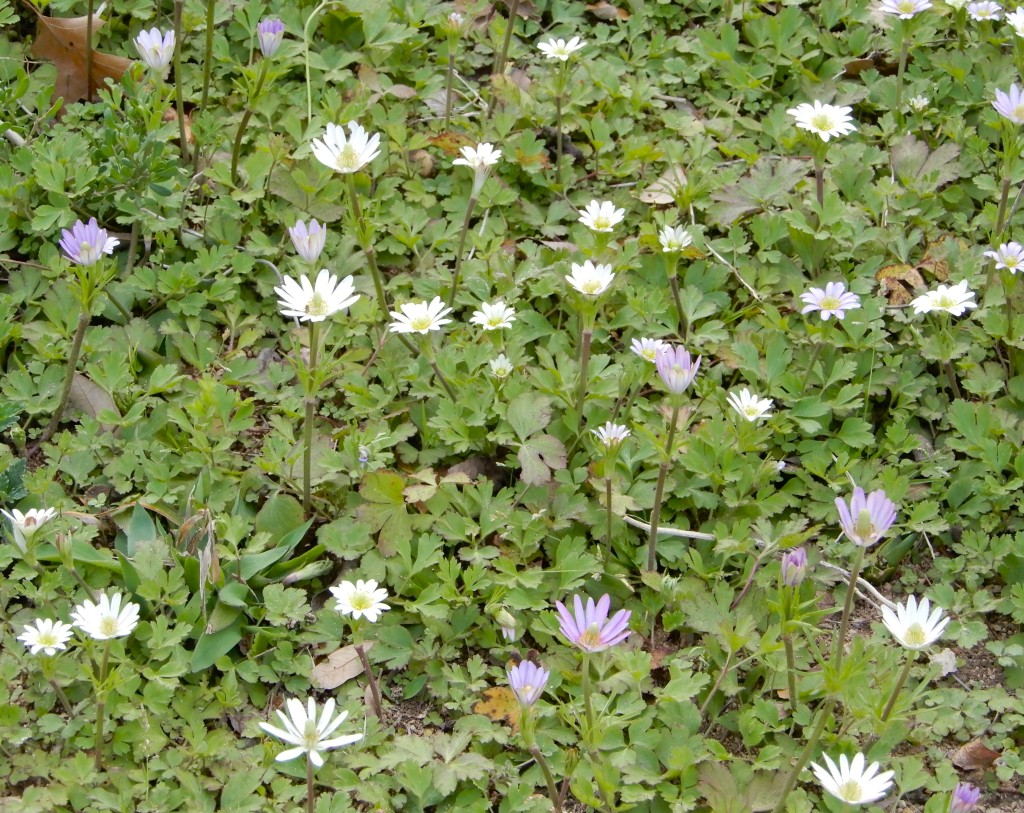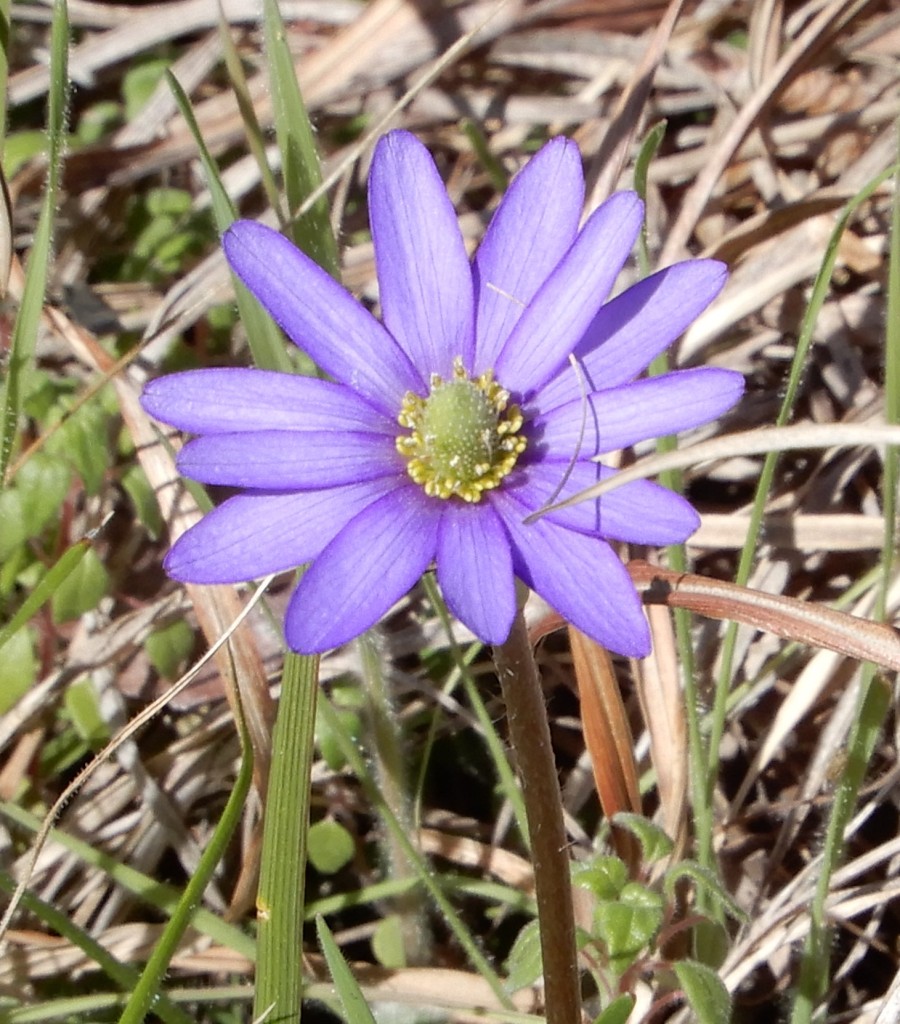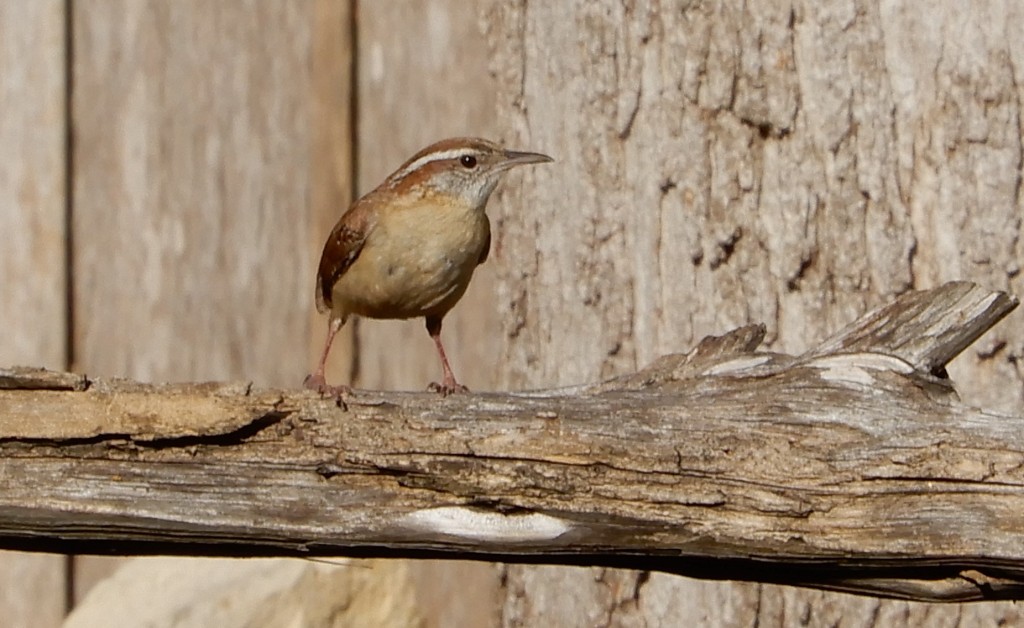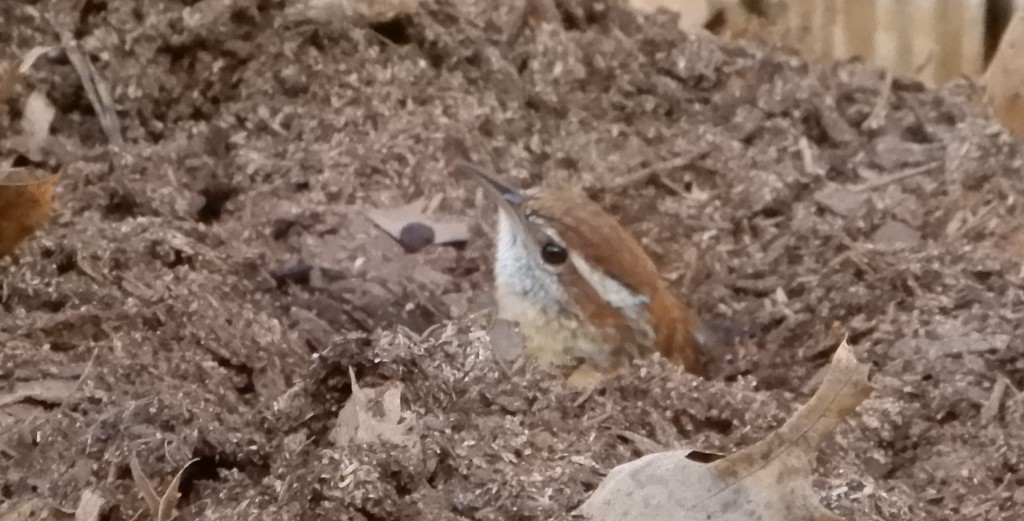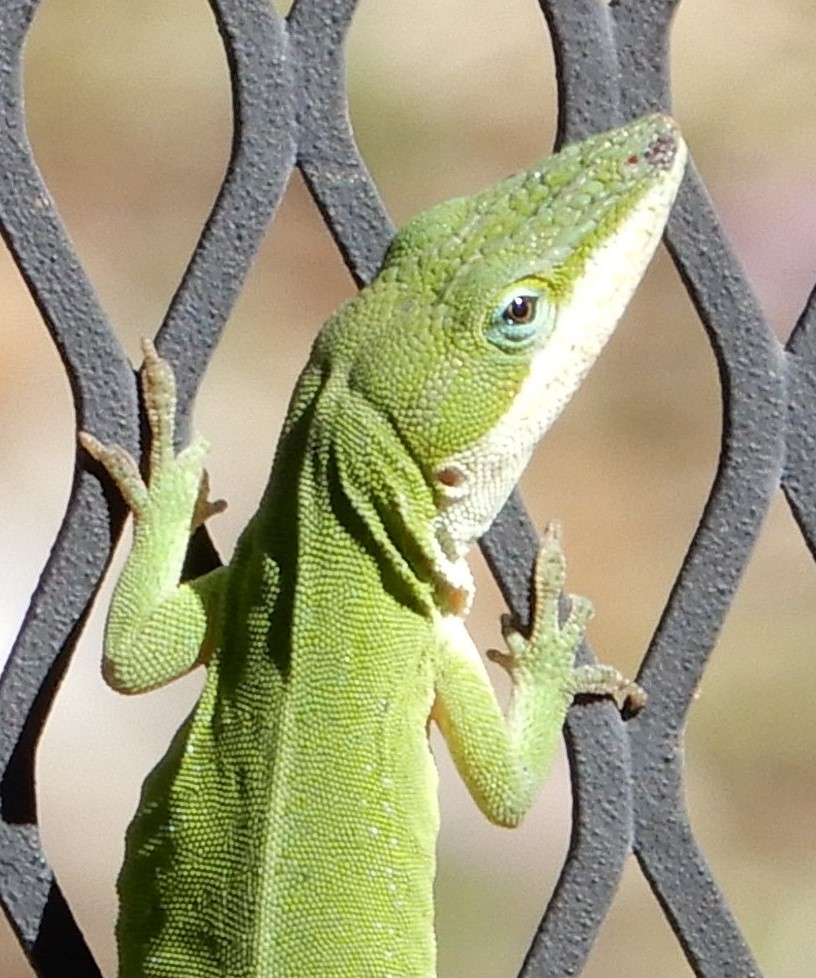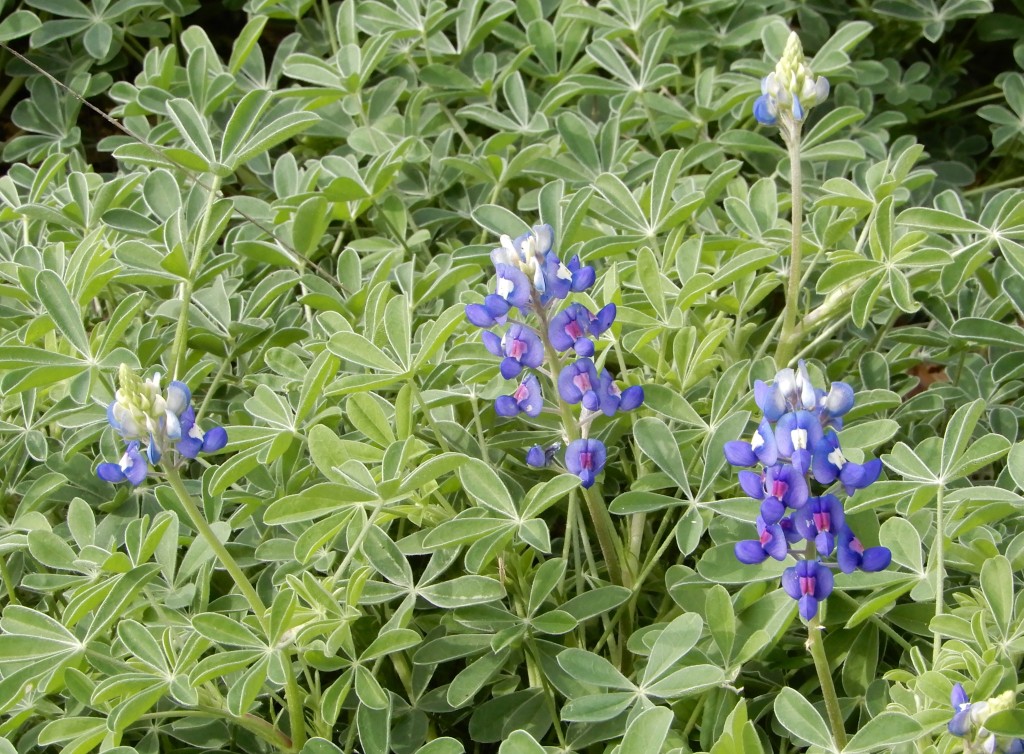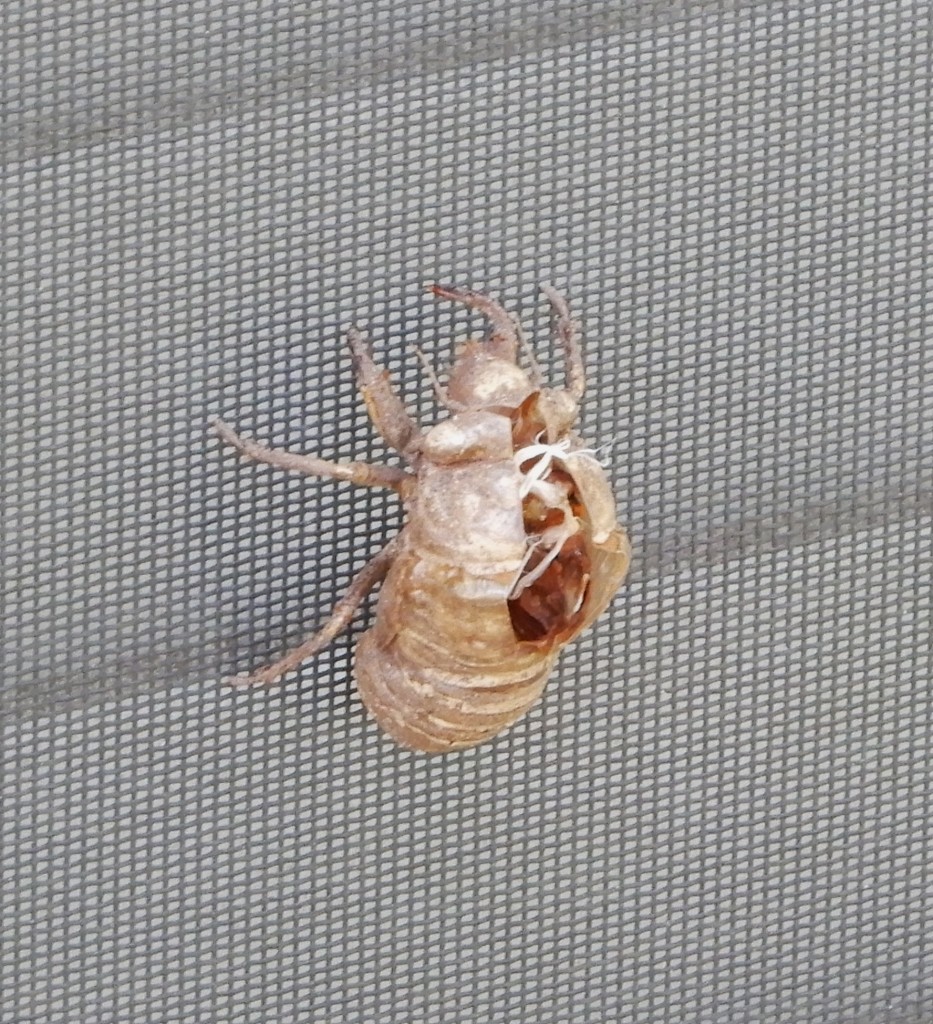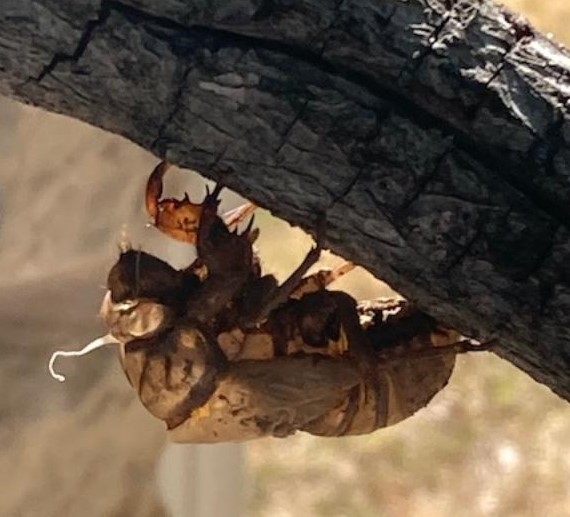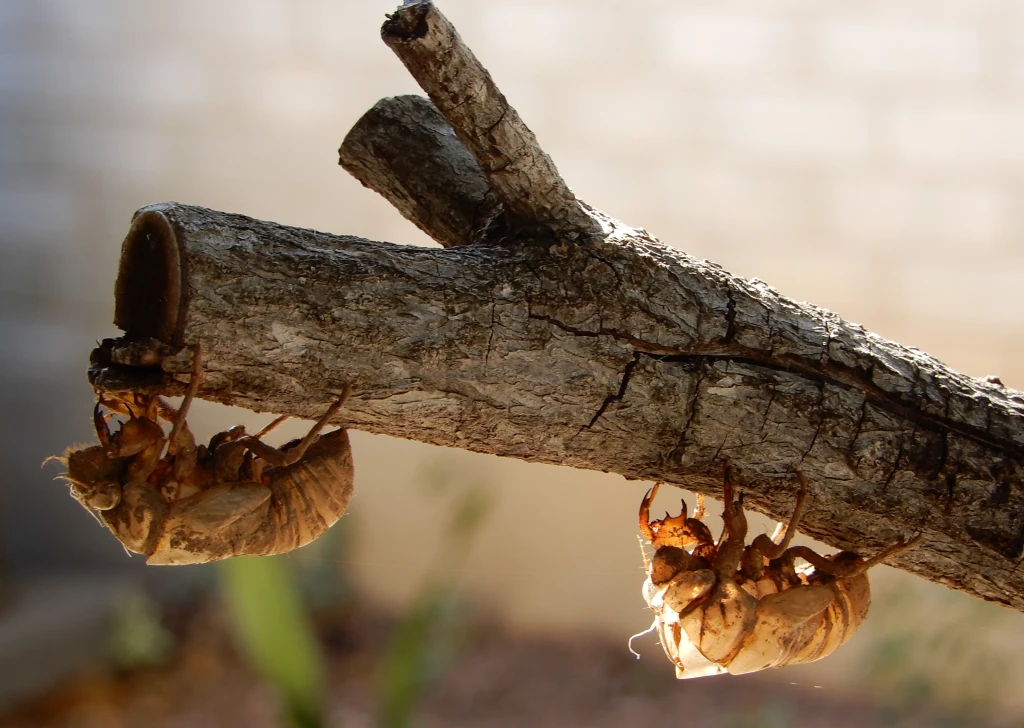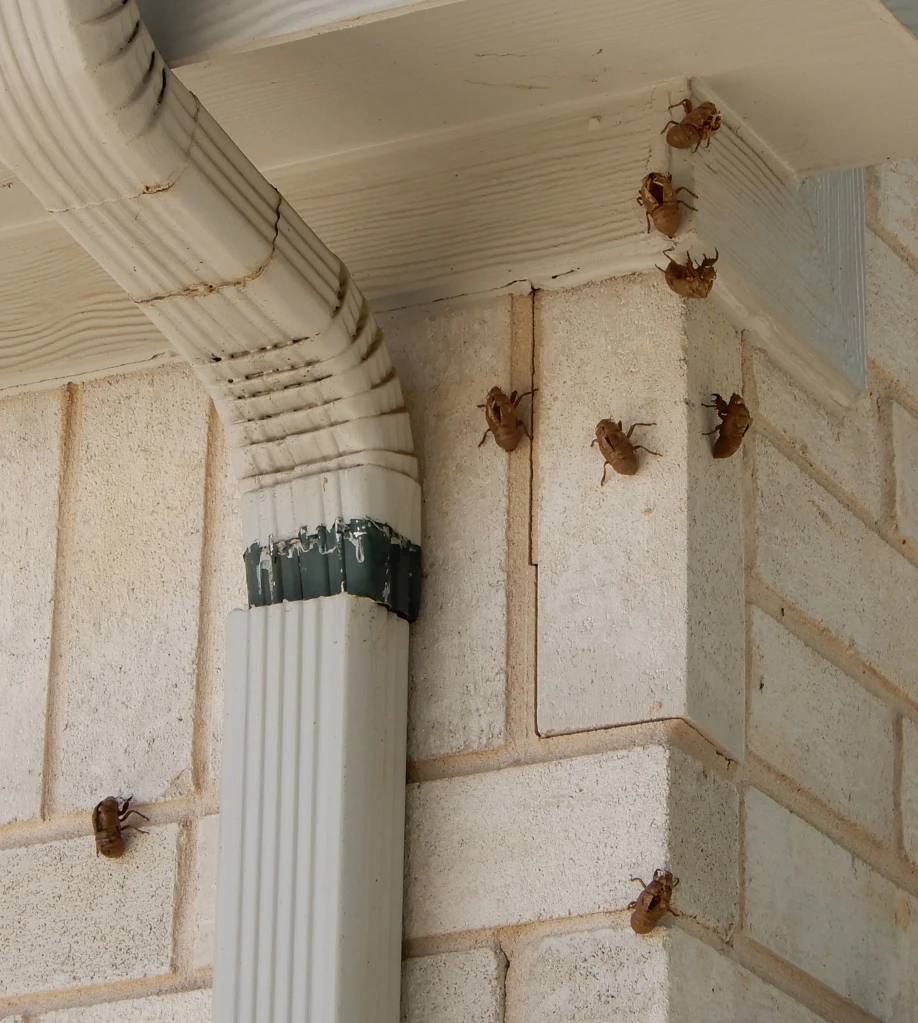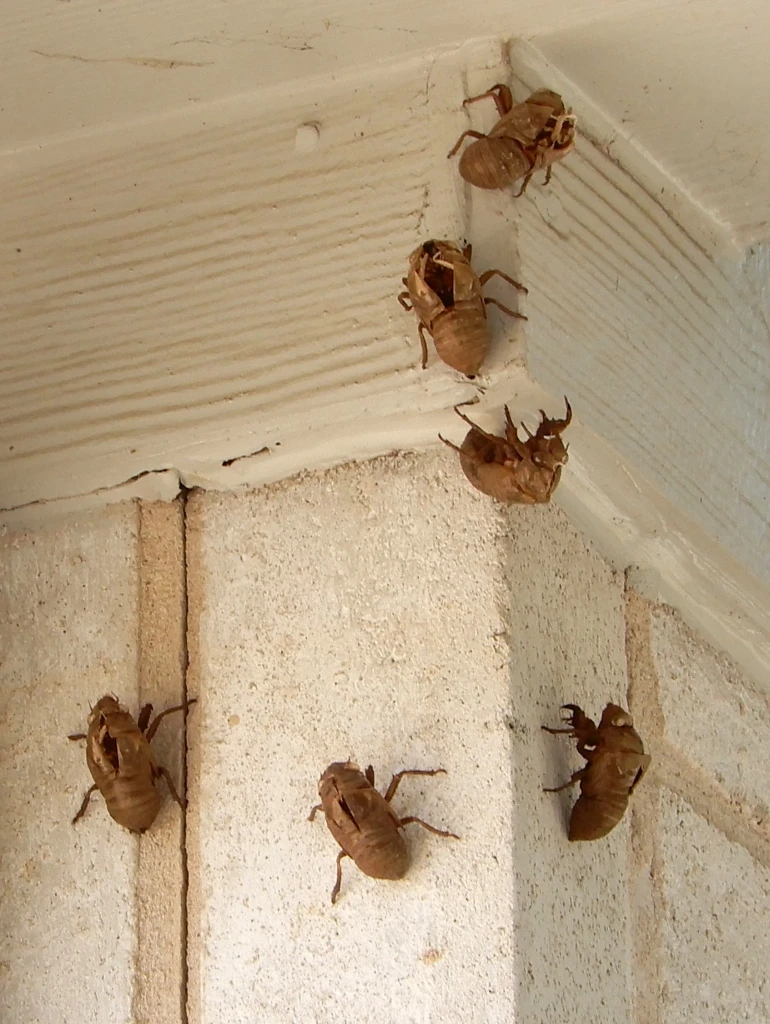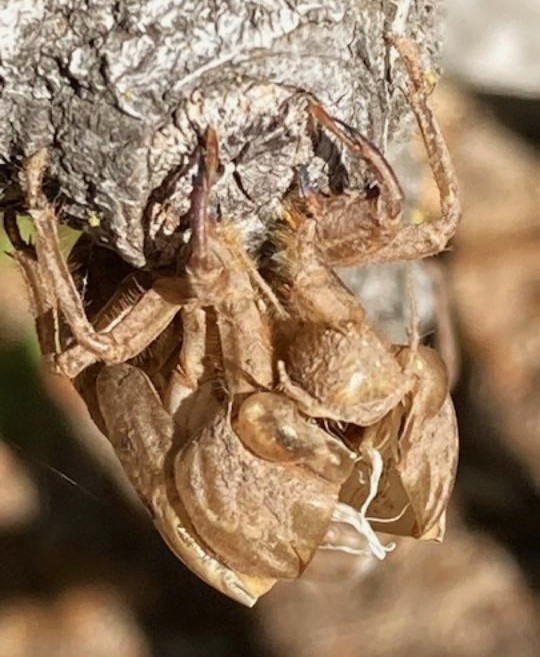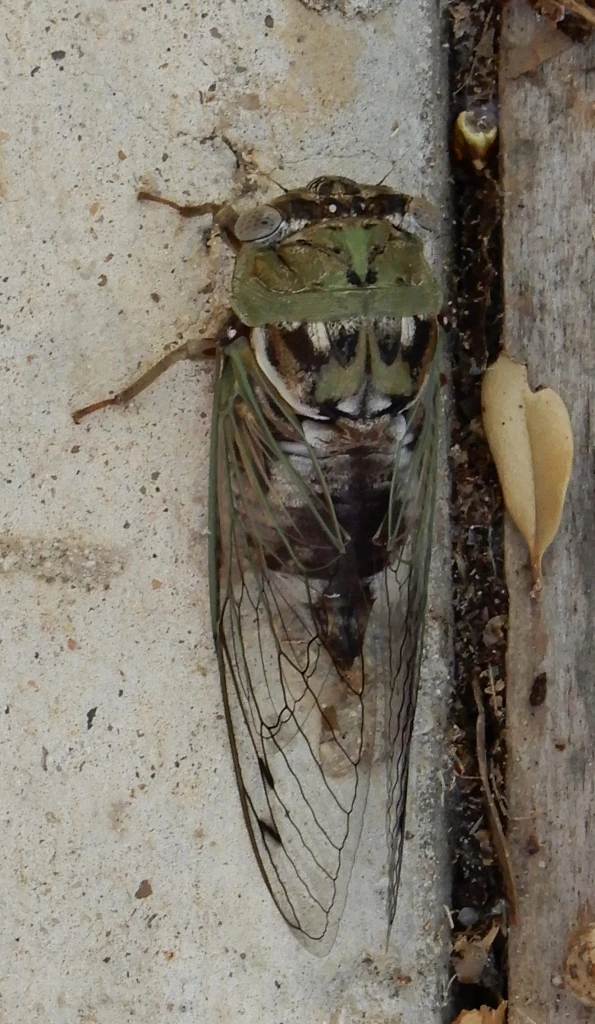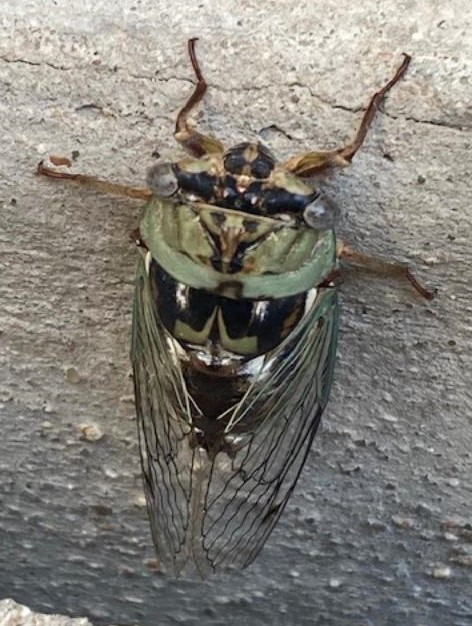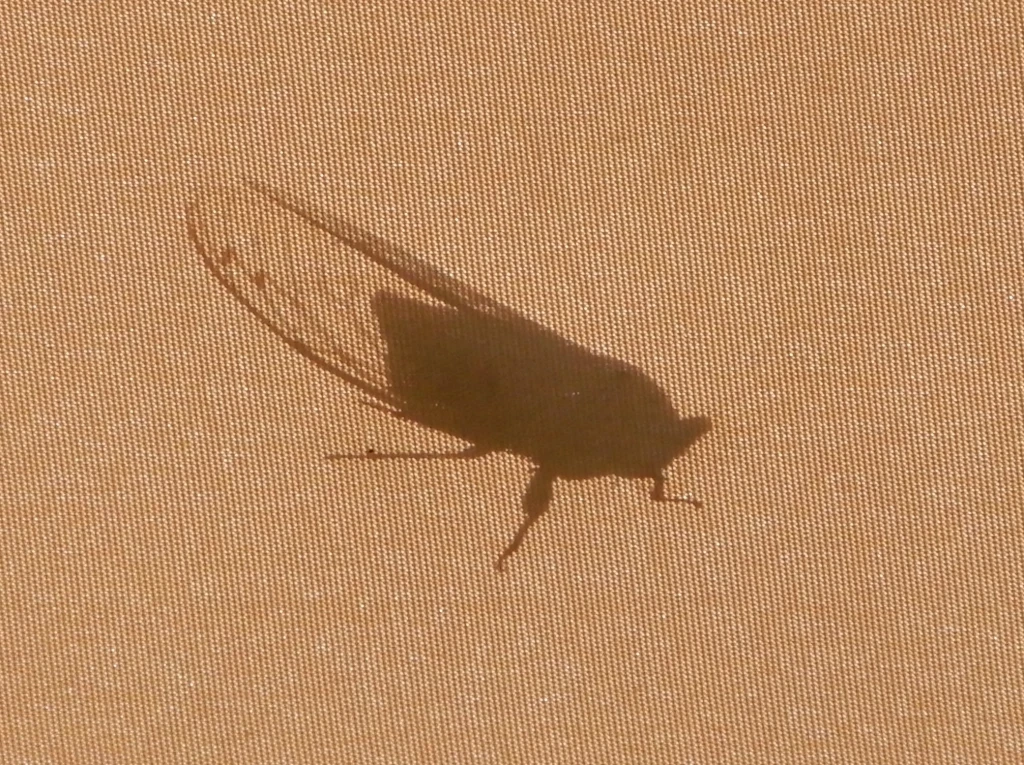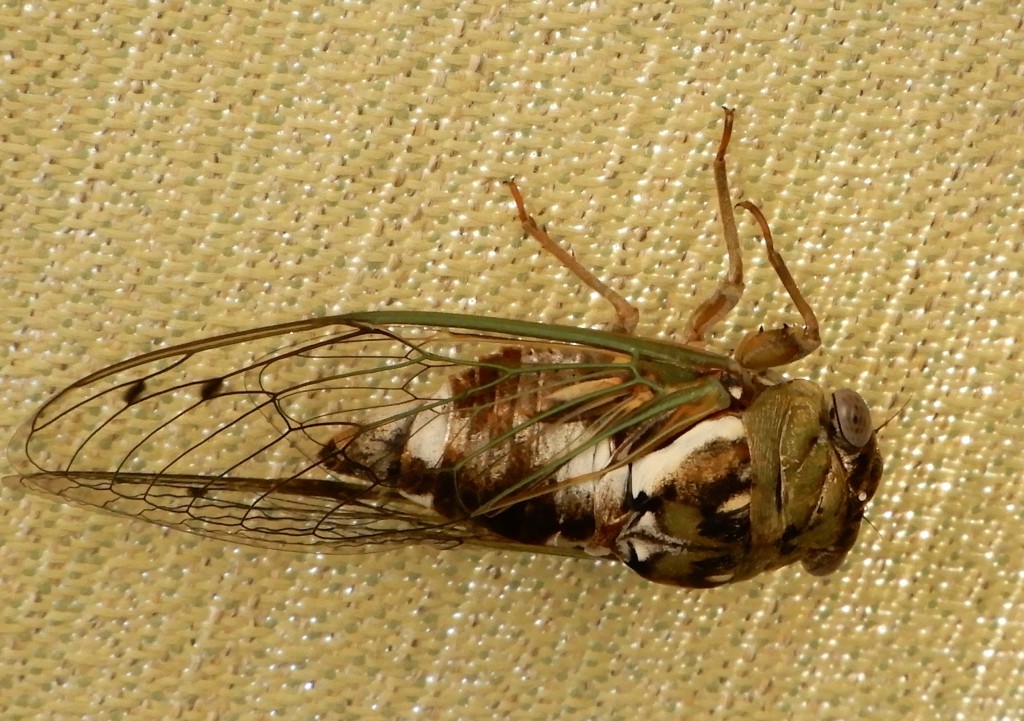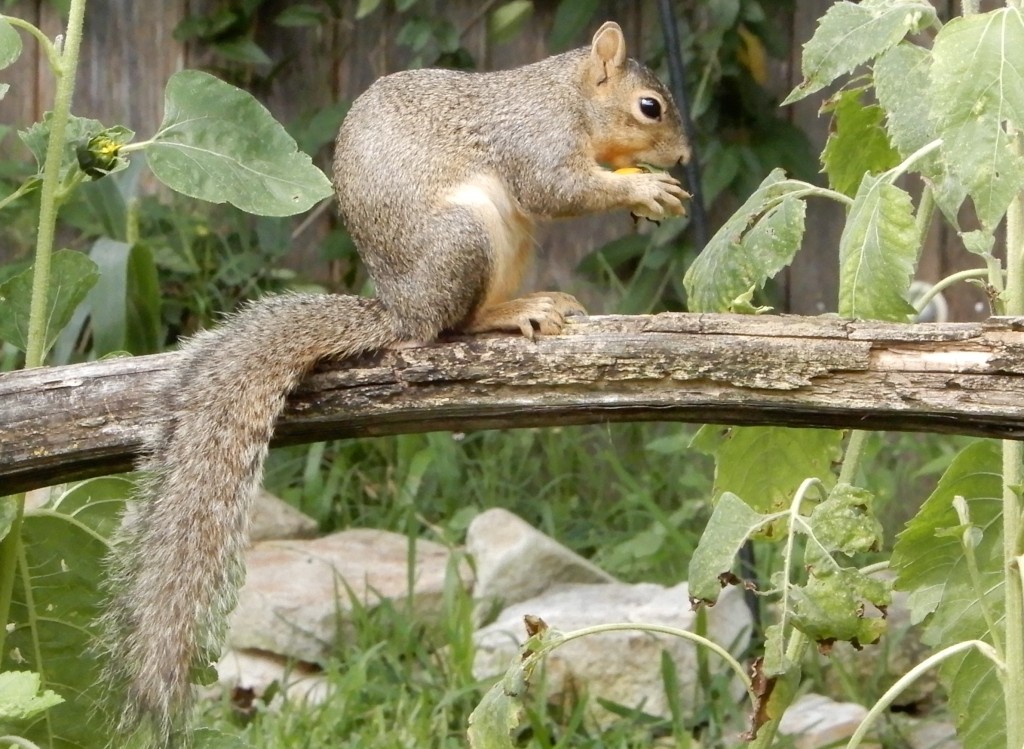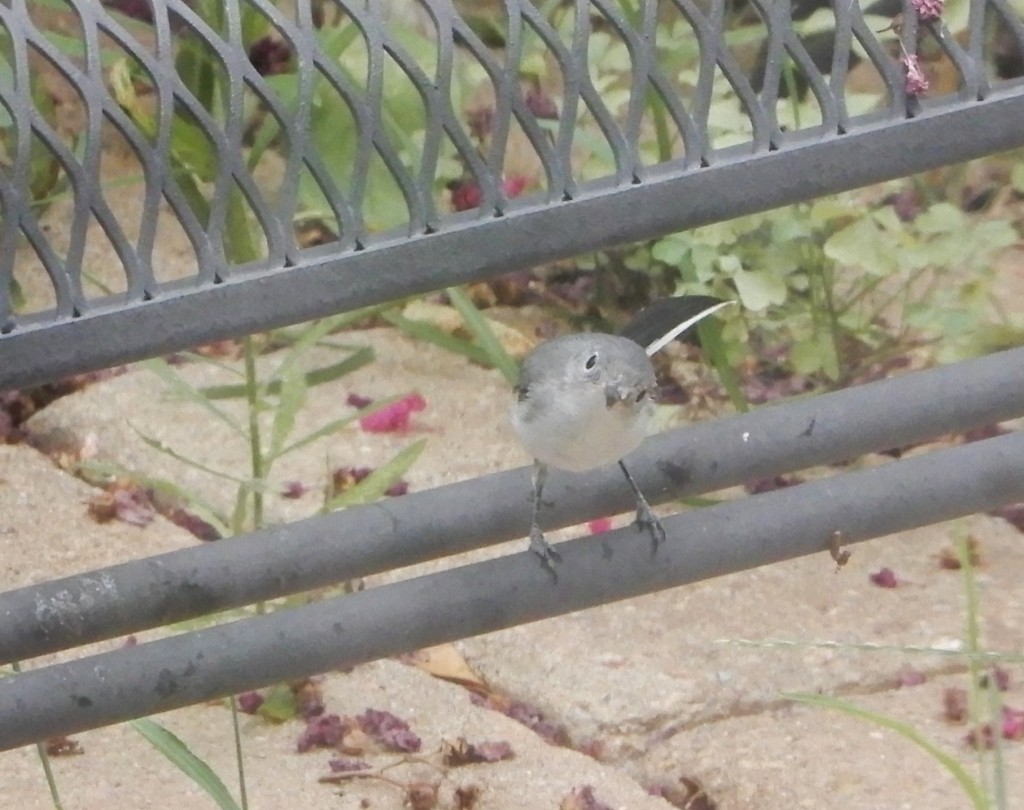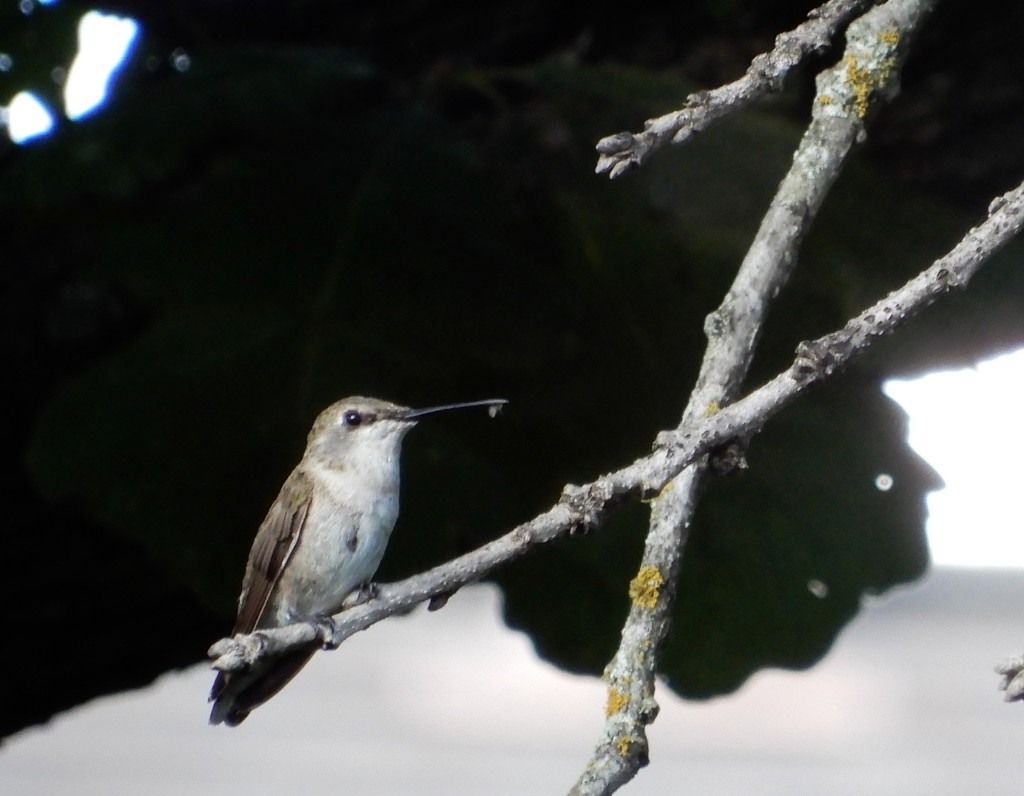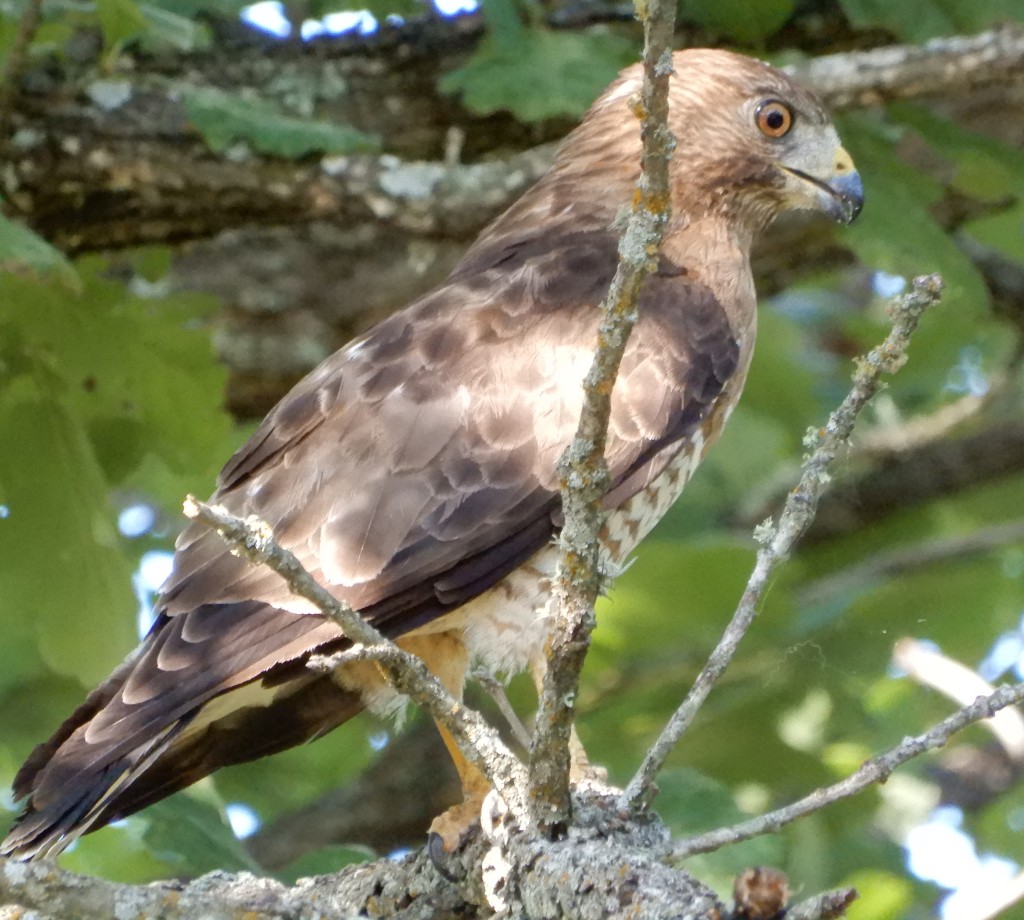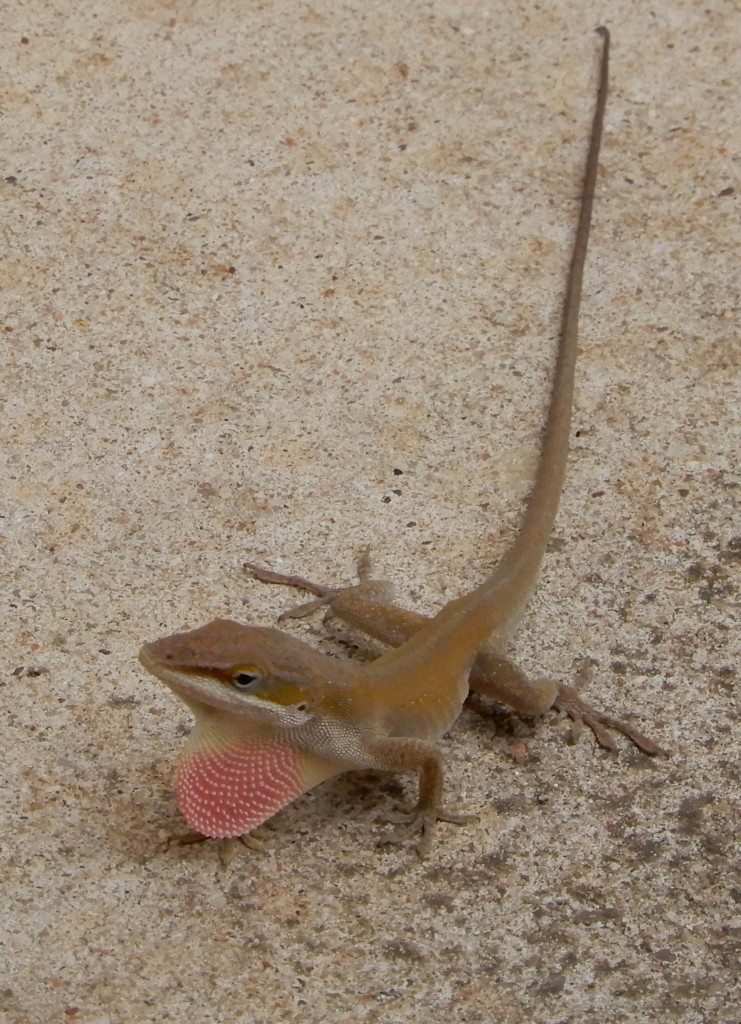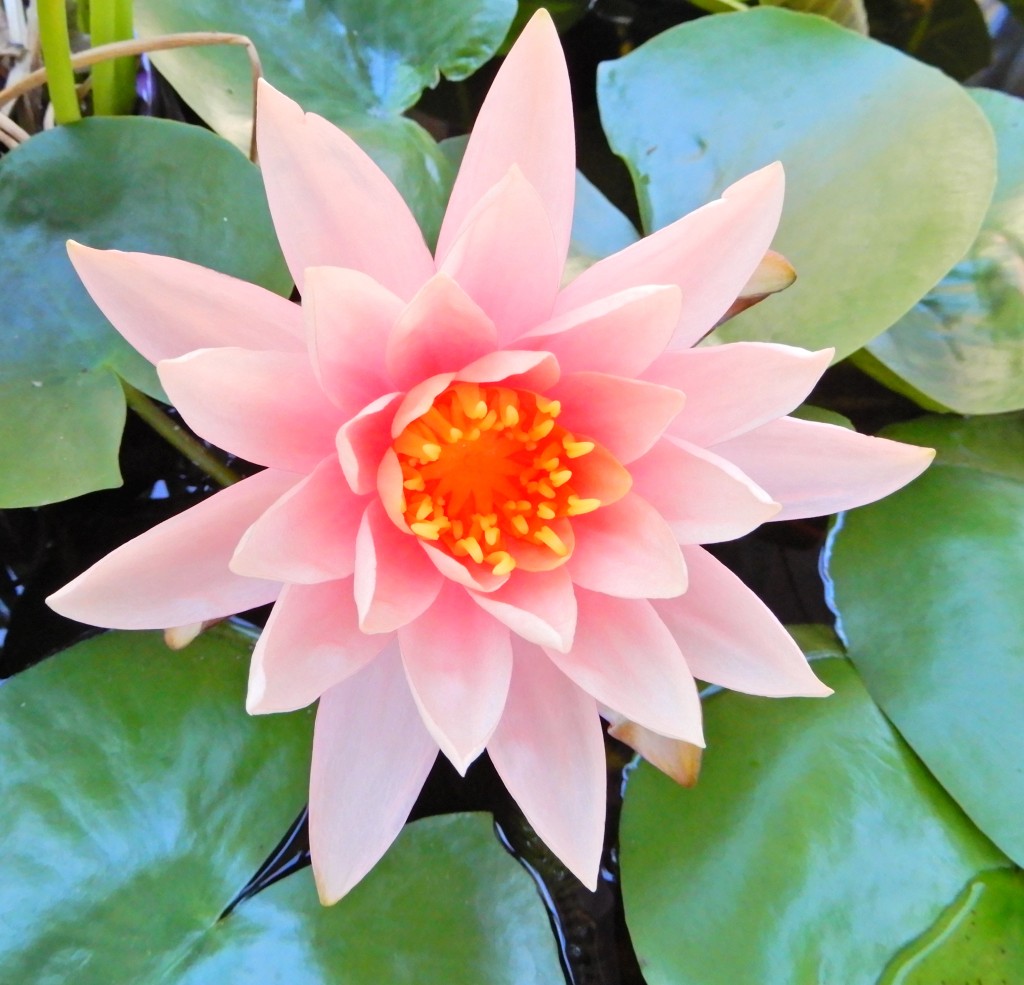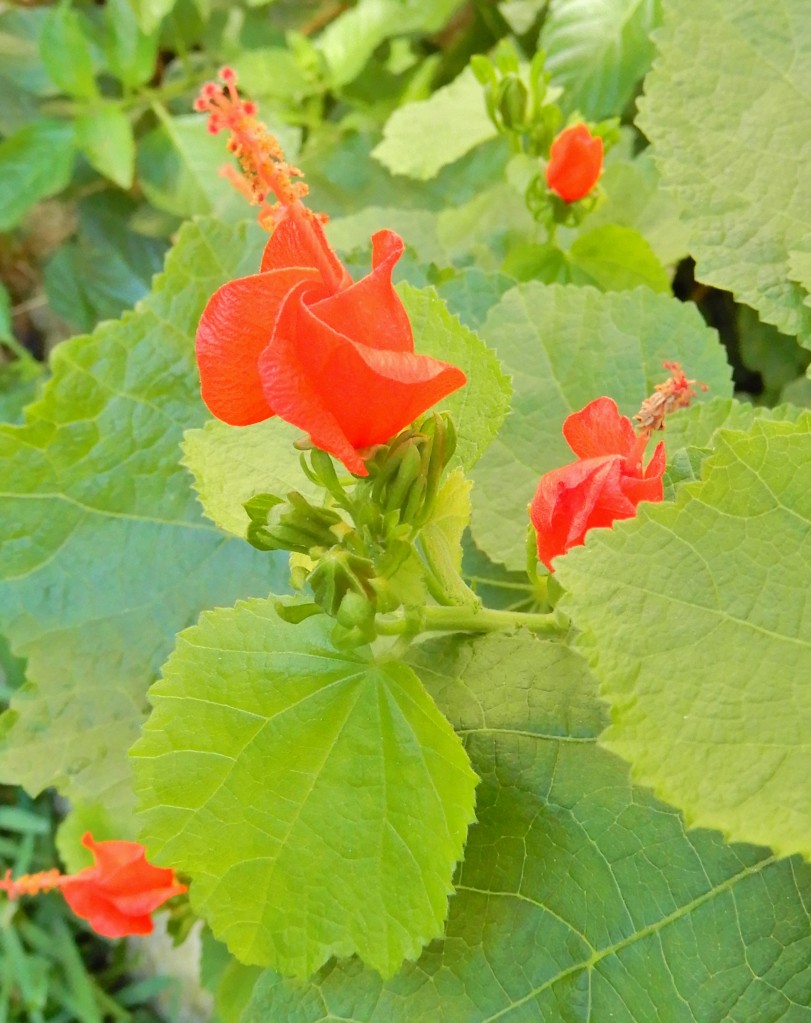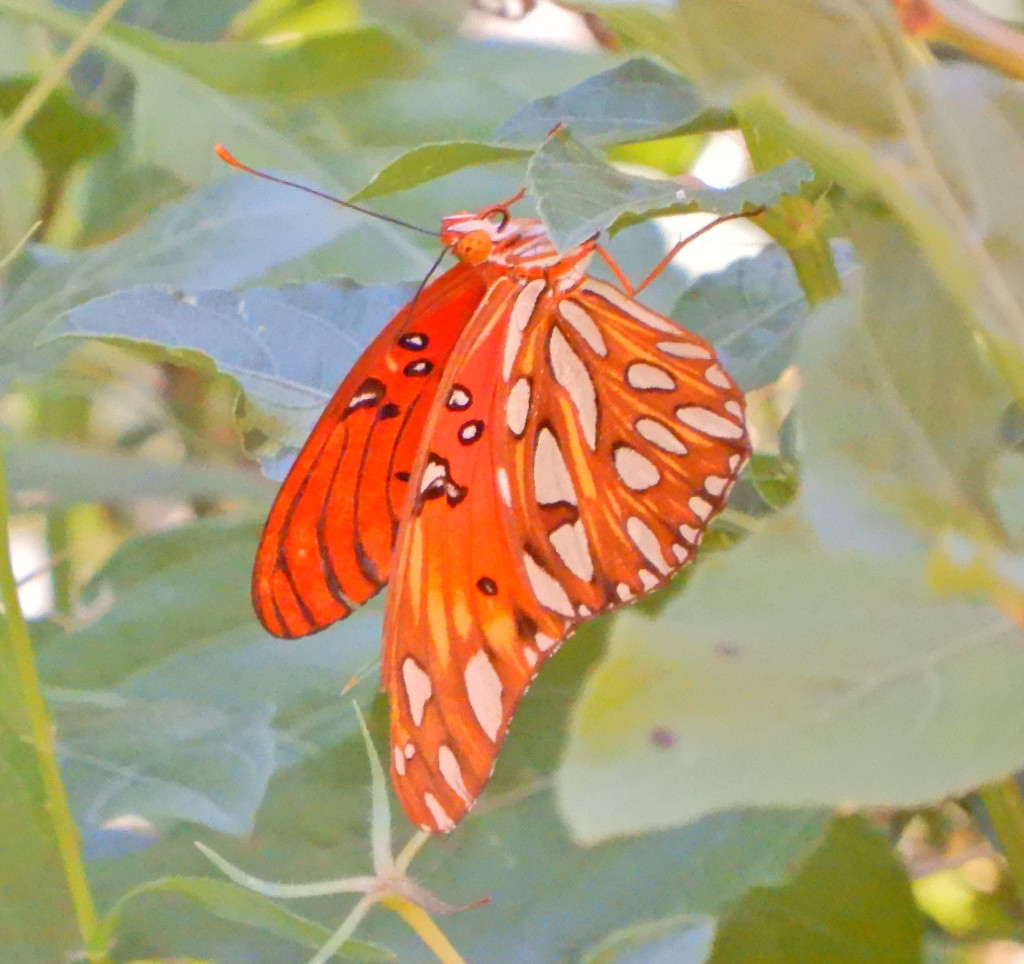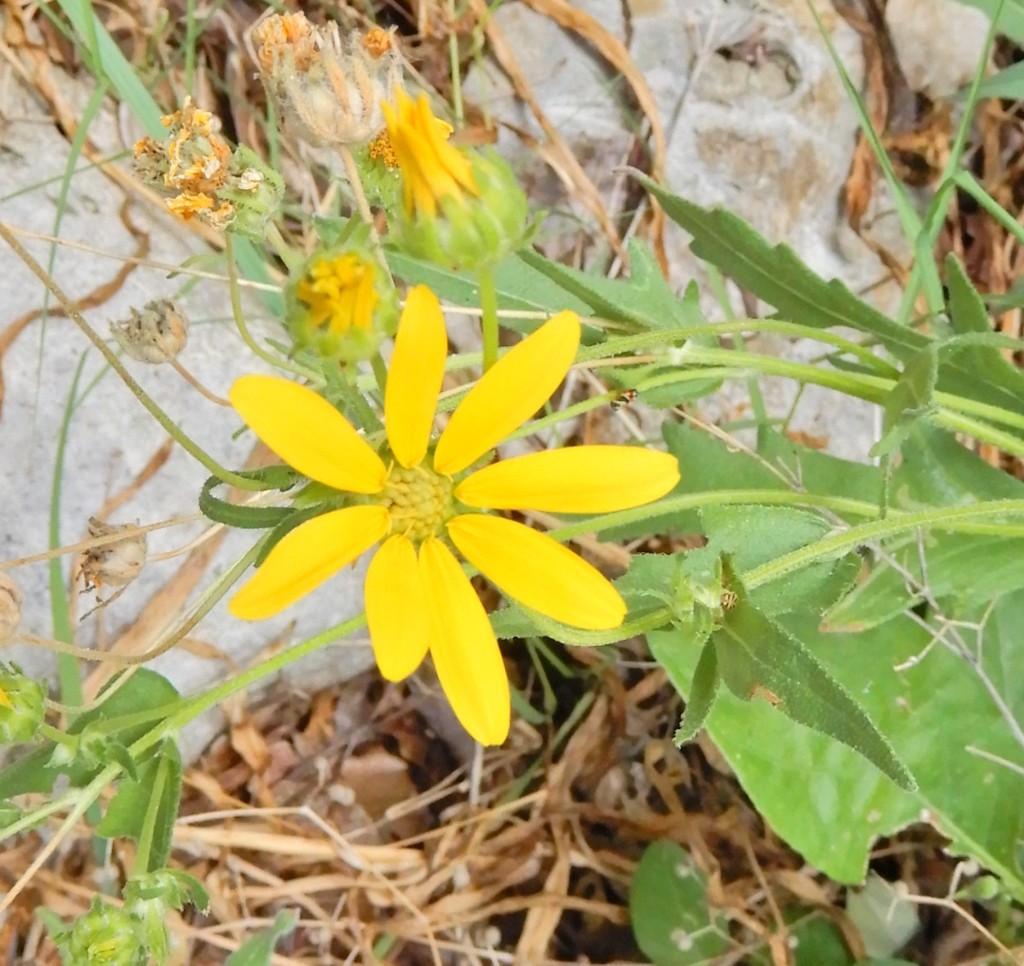The anticipation was almost painful. Would she or wouldn’t she? Beginning in the Spring of 2012, a pair of Great Horned Owls (Bubo Virginianus) have been visiting The Lady Bird Johnson Wildflower Center to nest and raise their chicks. For the first time ever, the Cornell Lab of Ornithology set up a camera near the place that the female nested so they could record the behavior of the owls. And the best part would be that it would stream all day and night. She and her mate and chicks have been well photographed over the years. This live camera would capture even more of the behavior at the nest and would be available for people around the world to observe something few have seen. But, would she even come back this year? She did!
On March 1, 2024 Athena laid an egg in her nest above a stone archway near a sotol plant. On March 5th she laid egg number 2. I tuned in to see her multiple times, but unless she was eating or standing up and moving the eggs, I didn’t find it very interesting. So, I missed seeing her mate bring her meals.
On April 4th, the first egg hatched and I began to tune in quite often.

On April 6th the second egg hatched-

As soon as I saw that first chick, I was hooked on watching and began to tune in several times a day.



I began to worry about the chicks when she was off the nest. What if something got them? I knew she could handle any predators that might come while she was there.

I enjoyed watching what Athena might bring back to feed the babies. I saw many types of food: snakes, maybe a frog, a large bird (grackle?), small birds, big rodents, small rodents, a rabbit, an opossum. And for the first time I really grasped the concept of owl pellets (regurgitated compressed pellets that contain undigestible bits such as bones, feathers, fur) when I saw big furry chunks being swallowed down by the hungry chicks.
I enjoyed watching the 2 chicks interact when mom was gone. How lonely it would be to be a lone chick.
The camera also has sound and at times I would hear one of the chicks (usually seemed to be the littler one) make a peep. I heard what sounded like an adult owl vocalization (sort of a low pitched peep). During the day I heard other birds, including crows and a hawk that would harass mom or dad when they were in nearby trees. At night I would hear frogs and toads from the nearby pond. I also heard chuck wills widows (night calling birds) several times. People talking and sometimes the screech of children could be heard during the day.
And then there were the night time events with loud music and partygoers whooping it up in the background. You could tell what kind of event or crowd it was by the type of music. I remember hearing “Dancing Queen” and “Baby I’m Yours” and once a young man singing the words “What a beautiful wedding!” The birds didn’t seem to be too bothered unless someone shouted loudly nearby.

April 14

Athena With Snake (tough skin)

Chicks Early Evening Before Camera Goes Into Night Mode (April 22)

Mom Taking Off -Note Tail Hanging Out From Chick’s Mouth (April 23)
Watching the development of feathers was fascinating, as was their changing behavior. The chicks would peck at debris in the nest or the dried sotol leaves. Saw the littler one lunge at something that I could not see. They became more active and alert as the weeks went by. The smaller one seemed to have a sort of little sibling personality…I may be projecting here!
On April 24th I checked in at 8:13 a.m. (yes, I kept lots of notes as time went on) and there were just the chicks in the nest. Usually I would see mom up there in the morning. The chicks were grooming themselves. At 9 a.m. they were resting.
9:22 a.m. – Still no momma
10:22 a.m. No momma
3:45 p.m. No mom!
7:05 p.m. No mom!
Yes, I was worried! Checked in at 8:50 p.m., (bigger chick standing tall and alert); 9:46 p.m. (little chick pecking at stuff), 10:29 p.m., and finally at 10:39 p.m. I turned it off and went to bed worrying about all the things that might have happened to mom.
April 25th at 8:08 a.m. -Yay! Athena is back with her babes and I relaxed. I was identifying too much with these little critters. The day before, I started to experience some emotional flashbacks of fear of desertion and being left behind! As if I was a young child and not an old lady.
You may have noticed that I have not talked about dad. I know male owls bring meals to mom when she is on the nest and other observers have seen dad in nearby trees. One night I saw an owl fly in on the left side of the sotol and drop off a rodent and leave without tearing it into pieces and feeding the chicks. Mom usually flies in to the front of the nest area, so maybe this was dad. That time I just saw the chicks peck at the rodent a bit, since they had not quite learned to rip things apart. At a later date I saw the chicks having a tug of war with a small rodent. And last night I saw a rodent being dropped off from the side and that may have been dad.

If you look close you can see a tail and hind legs of a small rodent the adult is carrying.
The story is not yet over. The babes have not fledged yet. It will be pretty soon and you can still watch them by going to:
Wildflower.org/visit/athena-the-owl
In the meantime I will be a bit obsessed still and worry about them and see owl images in such things as my back fence.

The real owl images were taken from screen shots on my Ipad or from my Nikon of screen images.
I am so thankful for the Lady Bird Johnson Wildflower Center and the Cornell Lab of Ornithology for offering this opportunity.
Check out Cornell’s website at:
Allaboutbirds.org
